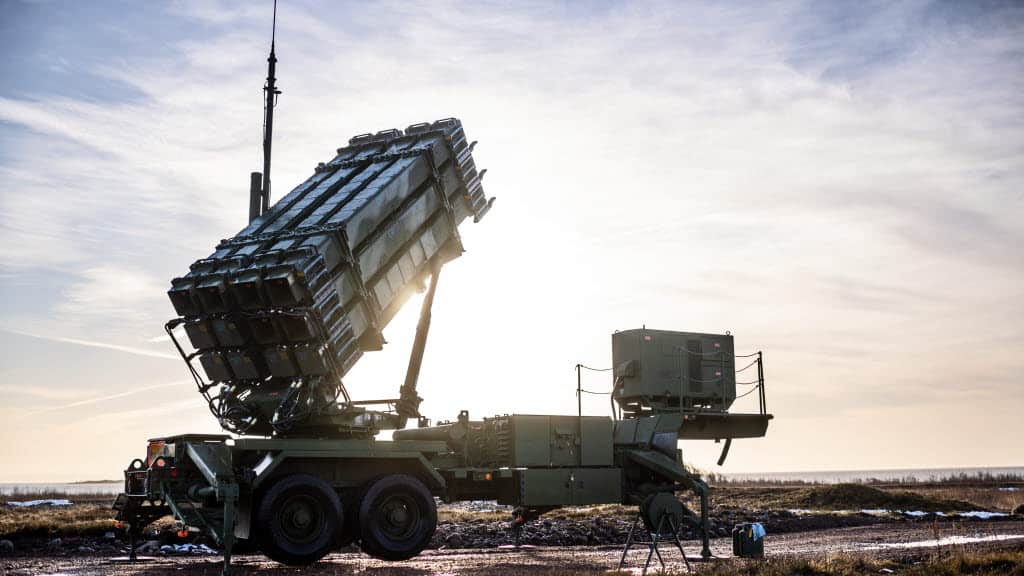The United States has approved Germany’s transfer of 125 long-range GMLRS rockets for HIMARS systems and 100 Patriot air-defense missiles to Ukraine, the New York Times reported, referring to an unnamed congressional official as saying on 9 May.
The future delivery comes at a critical moment amid the ongoing Russo-Ukrainian war: Ukraine’s forces are running dangerously low on long-range artillery, guided missiles, and especially ballistic air-defense systems—shortages confirmed by Ukrainian officials and backed by analysis from the Kiel Institute for the World Economy.
The weapons, manufactured in the US, required Washington’s authorization before Berlin could deliver them, as US export law prohibits re-transfer of American-made systems without government approval. Deputy chair of Ukraine’s parliamentary defense committee, Yehor Chernev, said that while US-made systems are essential, delays in Western decision-making continue to slow actual deliveries. “It takes time between the decision and the real assistance,” Chernev told NYT.
Germany to halt public reports on arms sent to Ukraine
Military aid gap grows as Trump-era support fades
Ukraine is running out of US-funded weapons, with Biden-era aid ending by summer and Trump allowing only limited private sales. Earlier, US President Donald Trump said, “He (Ukraine’s President Zelenskyy, – Ed.) told me that he needs more weapons, but he’s been saying that for three years.” To keep aid flowing, Ukraine’s parliament passed a deal giving the US a share of future mineral revenues.
Europe struggles to fill the gap
Europe has supplied half of Ukraine’s military aid since 2022 but lacks capacity to replace lost US support. Germany recently sent vehicles, shells, and an IRIS-T, and got approval to transfer US-made missiles. Drones from the UK and Norway arrived, and Estonia pledged artillery rounds. Still, much of Europe’s aid is tied up in future production, NYT says.
Ukraine ramps up domestic production
Ukraine’s defense industry includes 800 companies and aims to reach $35 billion in output with $14 billion in investment, Chernev said. Denmark pledged $930 million from frozen Russian assets. Ukraine now produces millions of drones and uses cheaper interceptors to save Patriot missiles. But Ukraine still lacks cruise and ballistic missiles and must “fill the gap” for now, according to Matthew Savill, director of military sciences at the Royal United Services Institute.




